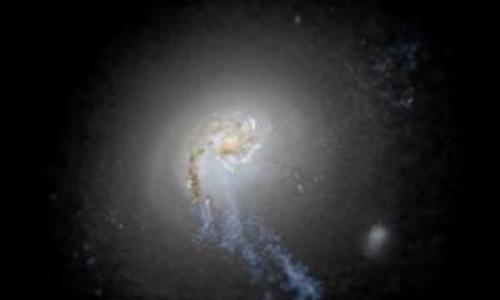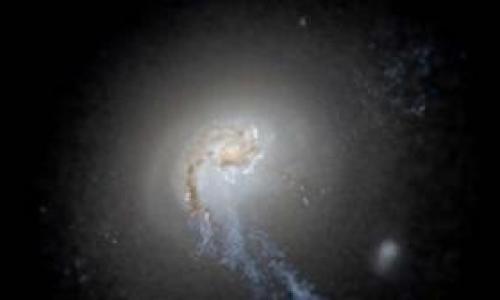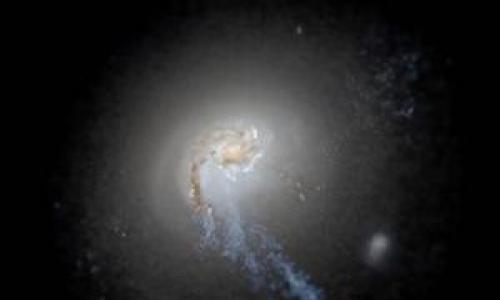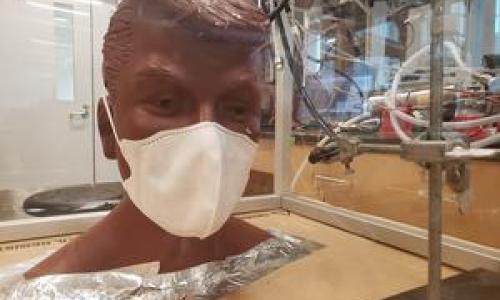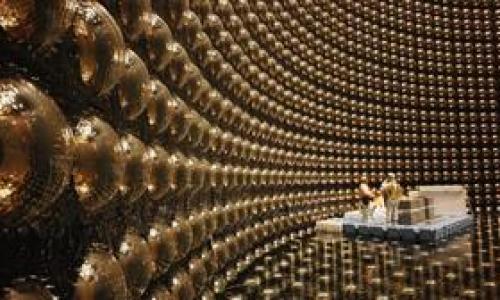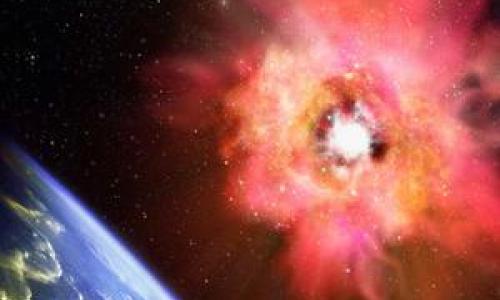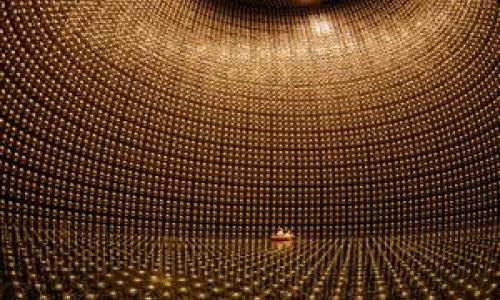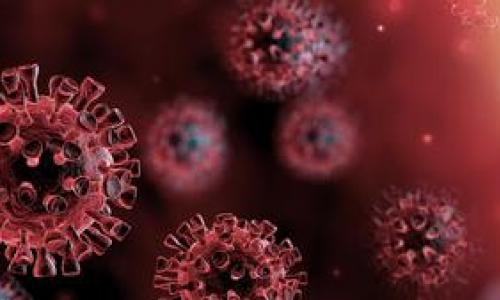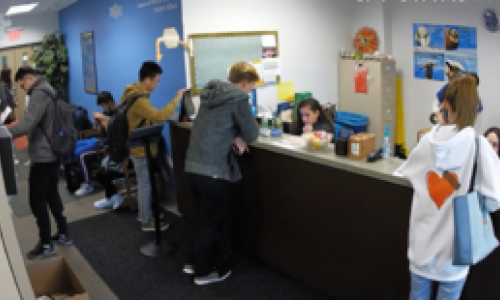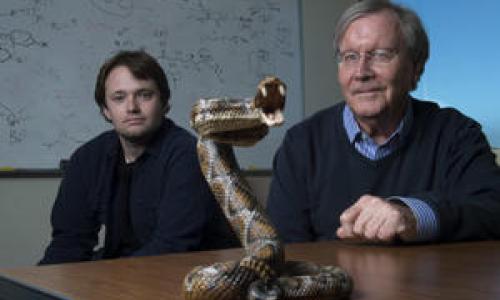newspage
UC Irvine scientist helps link climate change to Madagascar’s megadrought
Apr 20, 2020
The Milky Way could be flinging stars into its outer halo -- a movement triggered by powerful supernova explosions. Supernovas occur when stars explode and lose most of their mass.
Apr 20, 2020
This simulated galaxy image, representing a structure spanning more than 200,000 light-years, shows the prominent plumes of young blue stars born in gas that was originally rotating and then blown radially outward by supernova explosions.
Apr 20, 2020
esearchers from America have simulated what the aftermath of a cluster of supernova explosions may look like in Milky Way-mass galaxies, and the results do not disappoint. The immense energy accelerates high-density gas outwards from the galaxy center. As the gas compresses at the edges of these “super bubbles”, new stars are formed, which continue to be propelled into the outer-regions of the stellar halo. This star-forming mechanism could account for up to 40 percent of stars found in…
Apr 19, 2020
Irvine, Calif., April 20, 2020 – Though mighty, the Milky Way and galaxies of similar mass are not without scars chronicling turbulent histories. University of California, Irvine astronomers and others have shown that clusters of supernovas can cause the birth of scattered, eccentrically orbiting suns in outer stellar halos, upending commonly held notions of how star systems have formed and evolved over billions of years.
Apr 16, 2020
The air that pours into your lungs when you breathe travels, on average, at about 10 centimeters a second. But it’s often not just air you’re breathing. There can be dust, pollen, soot and bacteria in air, and now, floating inside the droplets that people emit when they cough and sneeze and talk, there can be coronavirus.
Apr 16, 2020
Stars, galaxies, planets, pretty much everything that makes up our everyday lives owes its existence to a cosmic quirk.
Apr 15, 2020
We are getting closer to understanding why the universe is made of matter and not antimatter. It may be all down to how neutrinos change flavours.
Apr 15, 2020
Scientists on Wednesday announced that they were perhaps one step closer to understanding why the universe contains something rather than nothing.
Apr 13, 2020
Coronavirus is affecting everyone, and our School is no exception. This piece is one of a series of snapshots about the people of the School and how they’re doing during the pandemic.
Apr 9, 2020
The Physical Sciences Student Affairs Office in Rowland Hall 134 is where people with questions can go to find answers. The doors open at 9a.m., and students walk in wondering about how to enroll in a class, and faculty walk in wondering how to construct a class that students will want to take. Don Williams, the director of the office, wants to make sure good answers find the questions that people have, because he knows that a bad answer can send someone down the wrong path. He also knows that…
Apr 8, 2020
When a snake bites, it can inject a toxic cocktail of venom that can kill soft tissues in the body. The venom can be fatal — between 81,000 and 138,000 people die every year from snake bites, according to the World Health Organization — which is one of the reasons why Ken Shea in the Department of Chemistry, along with a team of researchers, just made a new synthetic antivenin that could help treat far more snake bites than is possible right now.
Apr 7, 2020
Widespread testing, even of those not showing symptoms, is one of the most effective ways to track the prevalence of coronavirus infections in communities.

